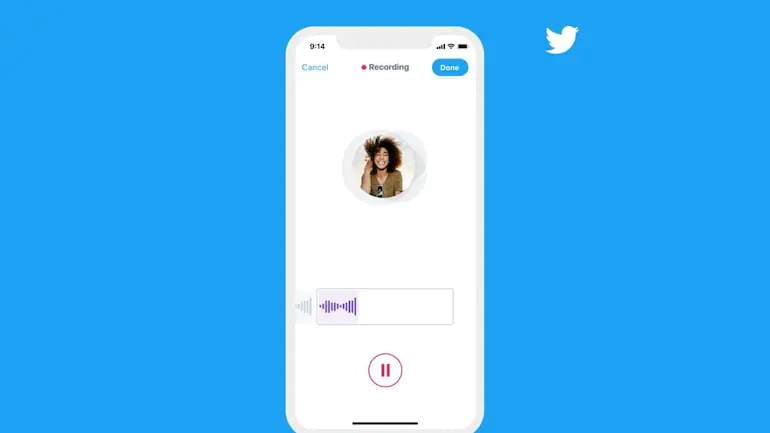Twitter keeps adding new features to make its platform more attractive and the social media company is now testing voice DMs.
One of the negative aspects of the use of text in digital communications is that it does not faithfully reflect the intention of the communicator, having led to misunderstandings on more than one occasion over time.
For this reason, Twitter is betting more and more on the use of voice as a form of expression, so that in addition to audio tweets and Twitter Spaces, its equivalent to Clubhouse, both in the testing phase, Twitter is also beginning to experiment with voice direct messages, as announced last fall, starting now in India, Brazil and Japan.
Increasing the presence of voice features on Twitter
The idea is very similar to the voice messages available on some messaging platforms, where you simply have to press a button and hold it down while recording the voice message.
Unlike WhatsApp and the like, Twitter will allow a maximum length of 140 seconds (a figure that may be reminiscent of the maximum number of characters that existed until the company decided to double to 280 characters).
This will prevent the recording of long (and boring) messages that often occur on WhatsApp.
Twitter already clarifies that this is an experiment, and according to Manish Maheshwari, manager of Twitter India: “Give people a new way to express themselves and help them connect through the nuance, emotion and empathy that comes from hearing someone’s voice.”
All in all, we should look back at how in recent times, Twitter’s direct messaging feature has been gaining new features after a long period with little new.
Some are also calling for direct messages to have end-to-end encryption, enabling Twitter direct messages to become an alternative means of mobile communication, although we do not know if the company will heed this suggestion.
Twitter will only allow phones to record as voice messages
Of course, voice messages can only be recorded from the Twitter application on Android and iOS, allowing a preview before publication. However, published voice messages can also be listened to from any web browser.
We do not know where Twitter’s direct messaging feature will go, although we should not be surprised if one day we find a major evolution that becomes an equivalent to the current mobile messaging platforms.





